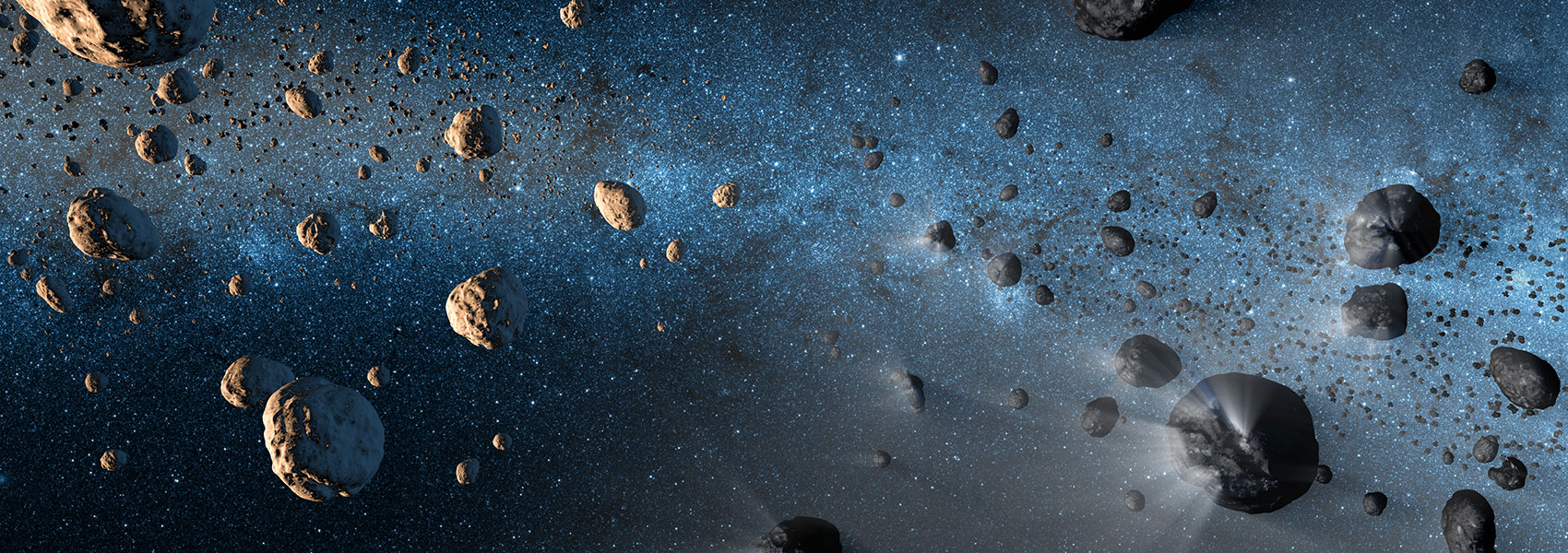February
2015
•
2015ApJ...800L...5S
Authors
•
Safron, Emily J.
•
Fischer, William J.
•
Megeath, S. Thomas
•
Furlan, Elise
•
Stutz, Amelia M.
•
Stanke, Thomas
•
Billot, Nicolas
•
Rebull, Luisa M.
•
Tobin, John J.
•
Ali, Babar
•
Allen, Lori E.
•
Booker, Joseph
•
Watson, Dan M.
•
Wilson, T. L.
Abstract
•
We report the dramatic mid-infrared brightening between 2004 and 2006 of Herschel Orion Protostar Survey (HOPS) 383, a deeply embedded protostar adjacent to NGC 1977 in Orion. By 2008, the source became a factor of 35 brighter at 24 μm with a brightness increase also apparent at 4.5 μm. The outburst is also detected in the submillimeter by comparing APEX/SABOCA to SCUBA data, and a scattered-light nebula appeared in NEWFIRM Ks imaging. The post-outburst spectral energy distribution indicates a Class 0 source with a dense envelope and a luminosity between 6 and 14 {{L}⊙ }. Post-outburst time-series mid- and far-infrared photometry show no long-term fading and variability at the 18% level between 2009 and 2012. HOPS 383 is the first outbursting Class 0 object discovered, pointing to the importance of episodic accretion at early stages in the star formation process. Its dramatic rise and lack of fading over a 6 year period hint that it may be similar to FU Ori outbursts, although the luminosity appears to be significantly smaller than the canonical luminosities of such objects.
Links




